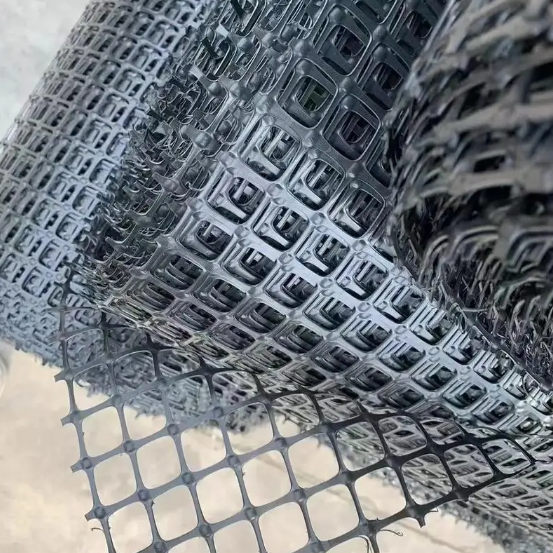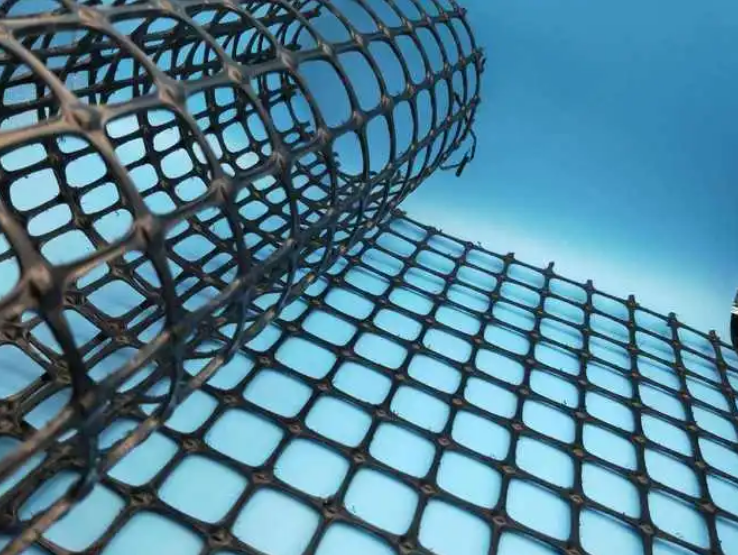- Understanding the Role of Geomembrane Liners in Waste Management
- Innovations in Geomembrane Liners for Water Management
- Geomembrane Liners: A Comprehensive Guide
- The Future of Geomembrane Liners in Civil Engineering
- Geomembrane Liners: Enhancing Landfill Stability
Manager:
WhatsApp:+86 177 0135 2670
Tel:+86 177 0135 2670
Email:marketing@okorder.com
Address:3rd Floor, No.2 Building, No.1 Sanlihe Road
Overview of Geogrid Reinforced Retaining Walls
With the continuous development of science and technology, in the fields of civil construction and engineering, some synthetic materials with high technological content, convenient use and good construction effects continue to emerge and are widely used. Geogrid is one of these new materials. As a new type of reinforcing material, it is continuously promoted and used in retaining wall construction, roadbed construction, slope reinforcement, road paving and other projects. A retaining wall is a type of structure used to support the filling of the roadbed or the soil on the hillside to prevent the filling or soil from losing stability due to deformation. The quality of the retaining wall project directly affects the quality of the entire project. The application of geogrids in reinforced retaining wall projects is of great significance.

1 Basic principles of geogrid reinforced retaining walls
The geogrid reinforced retaining wall is an overall composite retaining structure, which is divided into three parts: the first part is fill soil, the second part is geogrid, and the third part is vertical wall panel. Its main construction process includes three steps. First, it is filled with soil to consolidate the foundation, that is, the foundation part of the wall above the ground of the retaining wall needs to be built; then the geogrid is laid as reinforcement, and then the soil is filled and pressed on this basis. until the density of the soil layer reaches the requirements of the engineering standards; finally, repeat this step layer by layer until the height of the retaining wall reaches the engineering design standards. For geogrid reinforced retaining walls, the grid added to the wall will rub against the construction soil material under the action of load, and then generate friction to control the deformation of the soil material, thereby stabilizing the soil. The role of the body. The use of geogrids can not only maintain the integrity of the soil material, but also well restrain the lateral deformation of the soil inside the retaining wall, which can greatly improve the overall stress field and displacement field of the construction soil under the retaining wall. Distribution rules can alleviate the stress distribution and irregular subsidence of the construction soil, which can correct the mechanical properties of the construction soil, enhance the integrity and shear strength of the retaining wall, and ensure the quality of the project.
2 Application advantages of geogrid reinforced retaining walls
2.1Flexible structure.
Geogrid-reinforced retaining walls play an important role in dealing with foundation deformation, and have better protective effects against geological disasters.
2.2Construction advantages.
2.2.1The construction speed is fast.
The construction technical requirements of geogrid reinforced retaining walls are low and the construction conditions are easy to meet, so the construction speed is fast, which can significantly save construction time and ensure that the project quality meets relevant requirements.
2.2.2High economic benefits.
Geogrid-reinforced retaining walls have small restrictions on height and slope, and can be made tall and steep, reducing land use area and construction materials.

2.3Wide application range.
Geogrid reinforced retaining walls can be divided into two types: panel reinforced retaining walls and non-panel reinforced retaining walls. Panel reinforced retaining walls can adopt panels of different structures, shapes, and aesthetic requirements. . It can be adapted to the local environment; the panel-less reinforced retaining wall can be combined with the local greening protection to better protect the local natural ecology.






